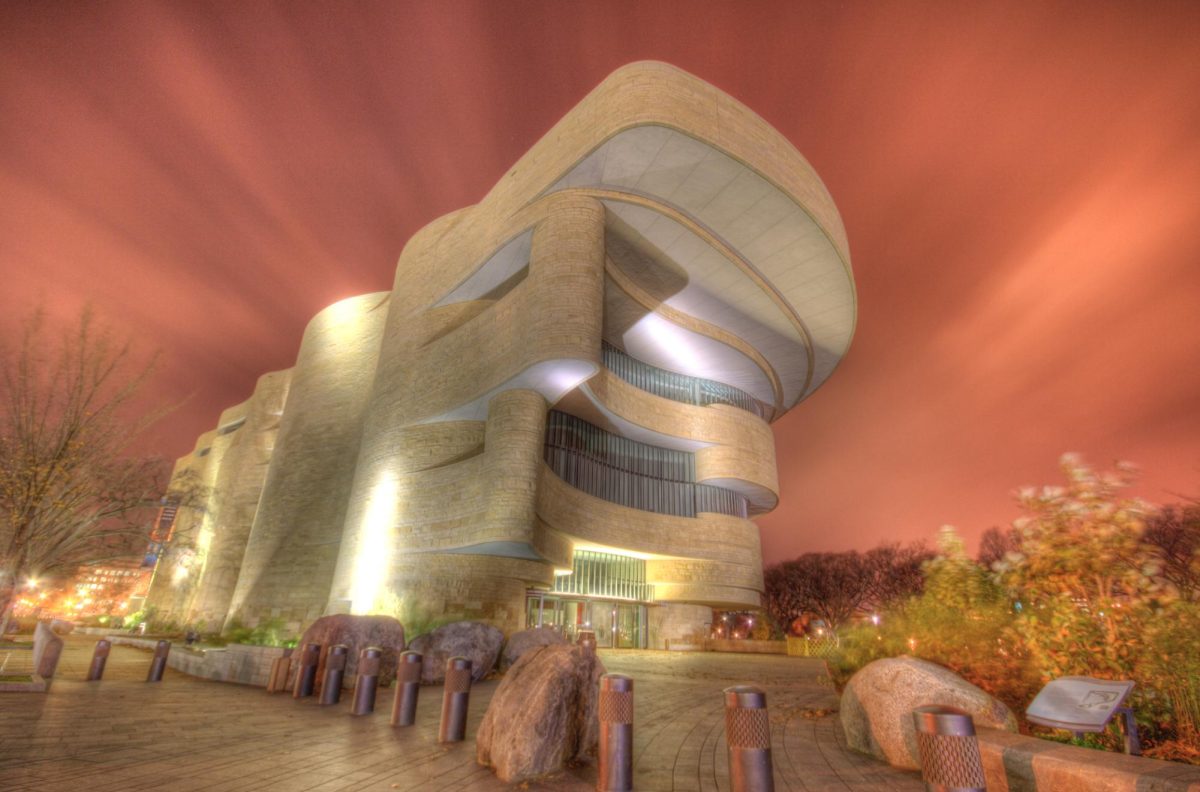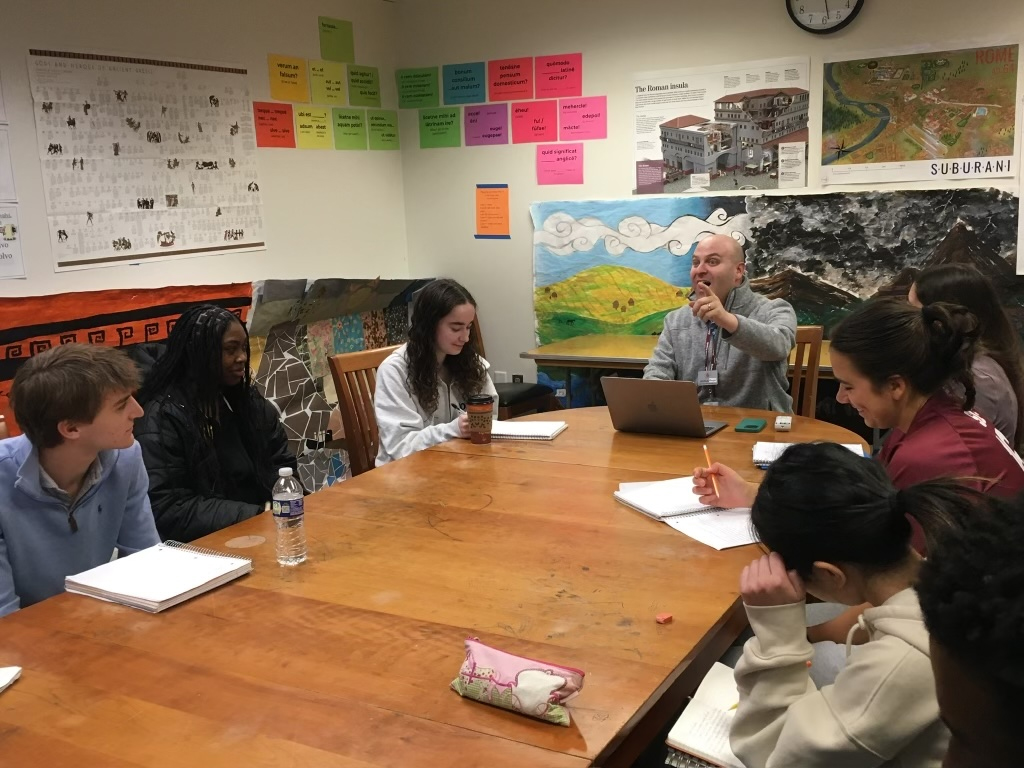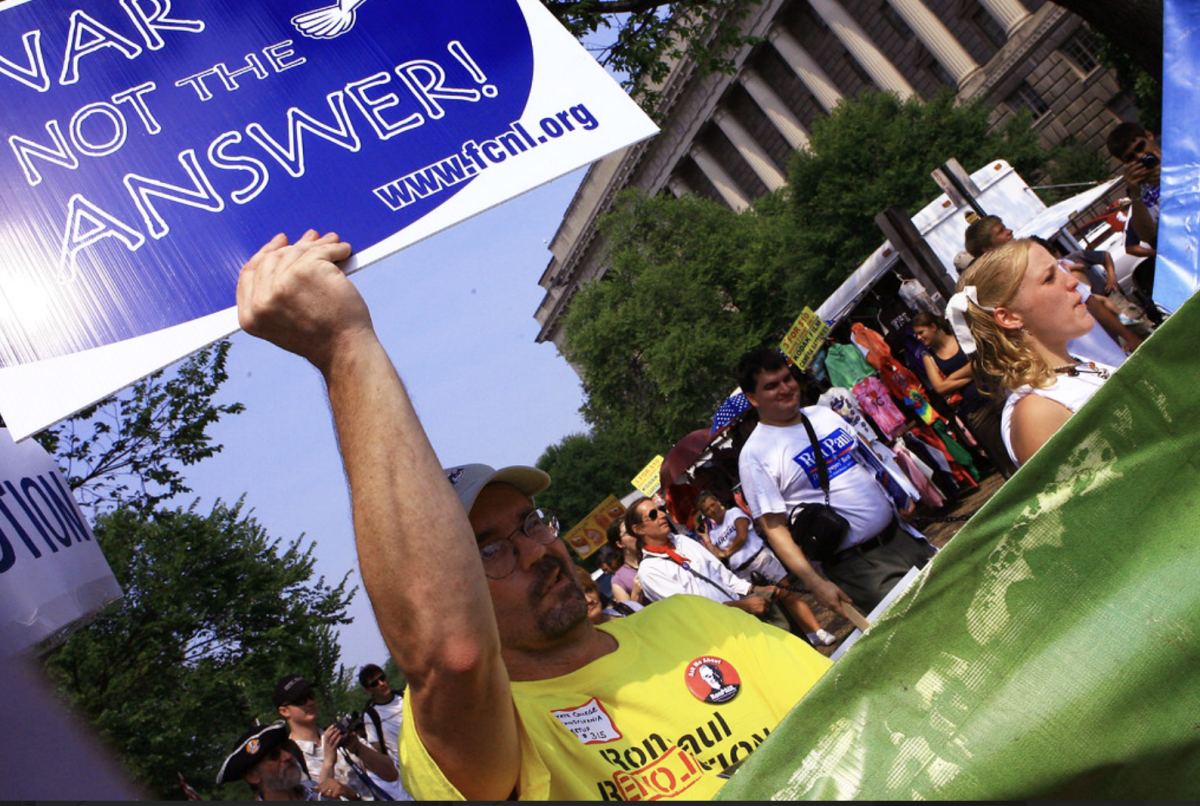On May 3, the sophomore Latin American history class took a field trip to the Organization of American States (OAS). Latin American history teacher Silvana Niazi and her students spent the school day at the OAS, a much-needed break for the students after dedicating themselves to their research papers for the past four months.
Dating back to ideas by South American freedom fighter Simón Bolivar in 1826, OAS stands for the promotion of democracy, defense of human rights, insurance of physical security, fostering of prosperity and reduction of poverty. Founded in 1948, the OAS comprises 35 independent governments of North, Central and South America, as well as the Caribbean. The OAS makes up the main political, judicial and social government assembly in the region.
Article 1 of the OAS Charter created the organization to attain “an order of peace and justice, to promote their solidarity, to strengthen their collaboration, and to defend their sovereignty, territorial integrity and independence.”
According to Niazi, the OAS field trip offers an opportunity for students to learn in an environment they would not typically attend with their families.
“This was something sort of unique and special, something that we can do as a class in a way for us to kind of explore multilateral organizations that we’ve read about in our books but haven’t really had the chance to understand in person and in real life,” Niazi said.
Inside the Simón Bolivar room, students sat in the chairs where the Organization’s Permanent Council meets. The council is made up of the OAS Member States.
“My favorite part about the field trip was sitting in the OAS chairs,” said sophomore AJ Greenberg.
Students also visited the Francisco de Miranda Room, which contains 22 chairs that hold the carved name and seal of an OAS member state.
“One thing that really connected with me was the room with the wooden table and wooden chairs where they were all made from the same tree. I thought that was really interesting,” said sophomore Lara Asch.
Students also walked through The Tunnel, which is located in the basement of the OAS and connects the OAS Building with its administration building two blocks away. Uruguayan artist Carlos Paez Vilaró painted a 200-yard mural across the tunnel titled “The Root of Peace” which portrays themes of peace and development in the Americas.
The Aztec Garden and OAS Art Museum of the Americas are surrounded by greenery and a reflecting pool guarded by Xochipilli, the Aztec God of Flowers.
The last part of the trip consisted of a discussion with the President of the Personnel Committee at the OAS, Maria Isabel Rivero and a Country Representative of Honduras at the OAS, Pognant Catherine.
“I think the field trip and especially the discussion at the end helped put more of what we learned into context and hearing other people’s opinions on a topic that was somewhat related to what we were learning was interesting,” said sophomore Avery Wincup.
Wincup added, “In class, we have been talking about neoliberalism and the more modern terms of Latin American history, especially in the 1980s, and that was really interesting because the two people that we talked to from the International Human Rights Commission both had their own opinions from that because they lived through it, which was cool.”
The students could experience the modern implications and a real-life interpretation of their current learning.
“I think more field trips would be very beneficial for our learning experience because it really provides an interactive environment that you can learn more from than just sitting in a classroom,” said sophomore Eppie Hughes.
Wincup added that she “ definitely thinks Sidwell should incorporate more field trips into their curriculum because it creates a sense of interactive learning and bonding between classes, and it helps you learn more in-depth and in person about what you’re doing in class.”
Niazi hopes students took away a real-life application from the field trip. “I think it’s valuable for students to understand that what we are studying and the history that we read about is present in today’s problems, conflicts and human rights abuses and I think that the OAS is a window through which they can begin to see how policy, politics and history intersect and relate to one another,” she said. “So my hope is that they begin to see how what they’re learning is applicable to the present day and to the future.”












































